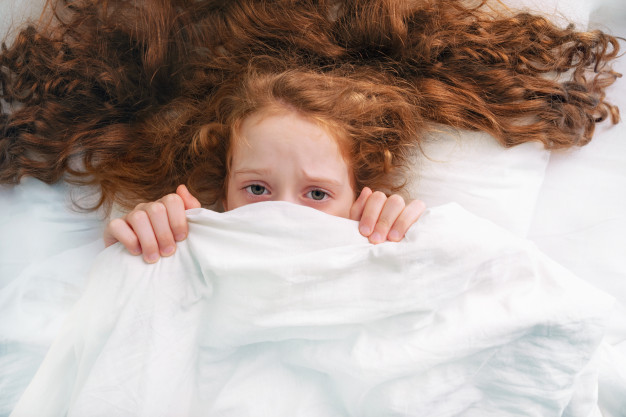Phobias
A phobia is an excessive and irrational reaction to fear. If you are diagnosed with phobia, you may have a deep sense of dread or panic when you come across the source of your fear. The fear can be of a certain location, situation, or object.
Unlike other anxiety disorders, a phobia is usually connected to something specific. The impact of a phobia ranges from annoying to severely disabling. People with phobias often realize their fear is irrational, but they’re unable to take action.
Such fears can be a hindrance for work, school, and personal relationships. Seek the help of your therapist if you have a fear that prevents you from leading your fullest life.
It is seen that the most common symptom of a phobia is a panic attack. Its features are :
- Pounding or racing heart
- Shortness of breath
- Rapid speech or inability to speak
- Dry mouth
- Upset stomach
- Nausea
- Elevated blood pressure
- Trembling or shaking
- Chest pain or tightness
- A choking sensation
- Dizziness or lightheadedness
- Profuse sweating
- A sense of impending doom

-
Agoraphobia: Agoraphobia is a fear of locations or situations that you can’t escape from. The term means “fear of open spaces.” People with agoraphobia fear being a part of large crowds or trapped outside the home. They avoid social situations altogether and prefer to stay inside their homes.
Many people with agoraphobia fear they might end up having a panic attack in a place where they can’t escape. - Social phobia: Social phobia is also referred to as social anxiety disorder. Extreme worry about social situations can lead to self-isolation. A social phobia can be severe to an extent where even the simplest interactions, such as ordering at a restaurant or answering the telephone, can cause panic. People with social phobia completely avoid public situations.
Other types of phobias
Normally people dislike certain situations or objects, but to be a true phobia, the fear must interfere with daily life. Some of them are :
- Glossophobia: Glossophobia is known as performance anxiety, or the fear of speaking in front of an audience.
- Acrophobia: Acrophobia is the fear of heights. People with acrophobia avoid mountains, bridges, or the higher floors of buildings. Symptoms of Acrophobia are vertigo, dizziness, sweating, and feeling as if they’ll pass out or lose consciousness.
- Claustrophobia: Claustrophobia is a fear of enclosed or tight spaces. People with severe claustrophobia are scared of riding in cars or elevators.
- Aviophobia: Aviophobia is also known as the fear of flying.
- Dentophobia: Dentophobia is a fear of the dentist or dental procedures after an unpleasant experience at a dentist’s office. It can be harmful if it deters you to get much needed dental care.
- Hemophobia: Hemophobia is a phobia of blood or injury.
- Arachnophobia: This means fear of spiders.
- Cynophobia: This is a fear of dogs.
- Ophidiophobia: People with this phobia fear snakes.
- Nyctophobia: Nyctophobia is a fear of the nighttime or darkness. It usually begins as a typical childhood fear. Later as it progresses past adolescence, it’s considered a phobia.
Genetic and environmental factors can cause phobias. Children who have a family member with an anxiety disorder are at risk of developing a phobia. Tragic incidents can bring on a phobia. Exposure to closed and constricted spaces, extreme heights, and animal or insect bites can all be sources of phobias.
People undergoing treatment for medical conditions or health concerns often have phobias. There are major chances of people developing phobias after traumatic brain injuries. Substance abuse and depression are connected to phobias.
Phobias have different symptoms from each condition. For instance in schizophrenia, people have visual and auditory hallucinations, delusions, paranoia, negative symptoms such as anhedonia, and disorganized symptoms. Phobias might be irrational, but people with phobias do not fail reality testing.
Cognitive behavioral therapy
Cognitive behavioral therapy is used for therapeutic treatment for phobias. CBT involves exposure to the source of the fear in a controlled setting. CBT can decondition people and reduce anxiety.
Cognitive behavioral therapy focuses on identifying and changing negative thoughts, dysfunctional beliefs, and negative reactions to the phobic situation. Latest CBT techniques use virtual reality technology to expose people to the sources of their phobias safely.
Treatment for phobias include therapeutic techniques, medications, or at times a combination of both.
Antidepressants and anti-anxiety medications help calm emotional and physical reactions to fear. The combination of medication and professional therapy is the most helpful.